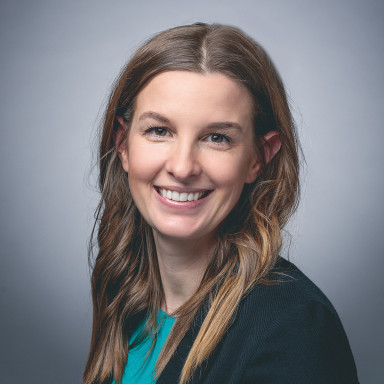Second quarter underlying revenue rose 1.2% to $1.3bn excluding the impact of exchange rates. This reflected growth in Sports Medicine & ENT and Advanced Wound Management but a decline in Orthopaedics.
Half year net profit fell 4% to $440m, reflecting rising costs and the impact of changing purchasing behaviours in China.
The group announced an interim dividend of 14.4 cents per share, in line with last year's payment.
Full year underlying revenue guidance for 4-5% growth is unchanged, but profit margins are now expected to come in lower at 17.5% due to inflationary and supply chain headwinds.
Shares fell 10.1% following the announcement.
View the latest Smith & Nephew share price and how to deal
Our view
Smith & Nephew's struggling to deliver on its efficiency goals against an increasingly challenging backdrop.
The medical device maker operates through three segments - Orthopaedics, offering hip and knee replacements, Sports Medicine, a soft tissue repair business, and Wound Management, providing materials to manage injuries and prevent infection. All three were stifled by the pandemic as elective surgeries plummeted and long-term care facilities closed to new patients.
Things are starting to normalise, which should be driving revenue growth in all three divisions. Sports Medicine is seeing the benefit as surgeries resume, but unfortunately Orthopaedics is still up against some challenging headwinds.
The first is a change in the way China buys their hip and knee replacement devices. Bulk purchases are bringing unit costs far lower, and that's taken a bite out of revenue growth. To make matters worse, inflationary pressure's squeezing margins, making it very difficult for Smith & Nephew to deliver on its efficiency programme.
In a bid to lower its overall cost base, the group's working on optimising the manufacturing network and outsourcing warehousing and distribution. The project will cost around $350m, but save the group $200m per year by 2025.
But as profits thin it's going to become more and more challenging to support the investment needed to improve operations. Inflationary headwinds are expected to keep a lid on margins this year, with a disappointing 17.5% forecast for the full year.
Coupled with a modest 2.5% prospective dividend yield, the market isn't overly excited. That's reflected with the group's P/E ratio of 15.8, below the long-term average.
Execution has been a problem so far for Smith & Nephew and with the backdrop continually worsening, the near-term case for growth is muddied. With that said, Smith & Nephew's longer-term growth story still exists. If the group can bring margins back into growth territory, it's still well placed to capitalise on a global backlog of elective surgeries.
Smith & Nephew key facts
All ratios are sourced from Refinitiv. Please remember yields are variable and not a reliable indicator of future income. Keep in mind key figures shouldn't be looked at on their own - it's important to understand the big picture.
Second Quarter Results (underlying)
Revenue in Orthopaedics fell by 1.1% to $530m. This was largely thanks to changes in the way China buys hip and knee replacement devices, which lowers per-unit costs. Growth in Knee Implant revenue and Other Reconstruction was offset by declines in Hip Implants and Trauma & Extremities.
Sports Medicine & ENT saw revenue rise 1.9% to $381m. This was driven by growth in knee repair in Establish Markets and a recovery in procedure volumes, but was somewhat offset by weakness in Arthroscopic Enabling Technology.
Revenue in Advanced Wound Management rose 3.8% to $382m, reflecting growth across all categories and particular strength in Emerging Markets and Japan, Australia and New Zealand.
Half-year free cash flow was $34m, down from $188m reflecting unfavourable working capital movements. Net debt including lease liabilities was $2.4bn, up from $2.0 bn at the start of the year.
This article is original Hargreaves Lansdown content, published by Hargreaves Lansdown. It was correct as at the date of publication, and our views may have changed since then. Unless otherwise stated estimates, including prospective yields, are a consensus of analyst forecasts provided by Refinitiv. These estimates are not a reliable indicator of future performance. Yields are variable and not guaranteed. Investments rise and fall in value so investors could make a loss.
This article is not advice or a recommendation to buy, sell or hold any investment. No view is given on the present or future value or price of any investment, and investors should form their own view on any proposed investment. This article has not been prepared in accordance with legal requirements designed to promote the independence of investment research and is considered a marketing communication. Non-independent research is not subject to FCA rules prohibiting dealing ahead of research, however HL has put controls in place (including dealing restrictions, physical and information barriers) to manage potential conflicts of interest presented by such dealing. Please see our full non-independent research disclosure for more information.

